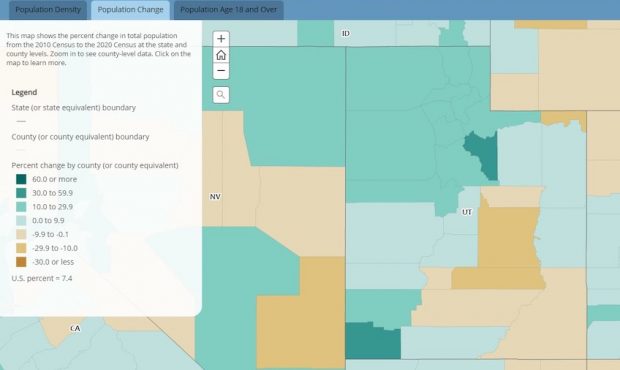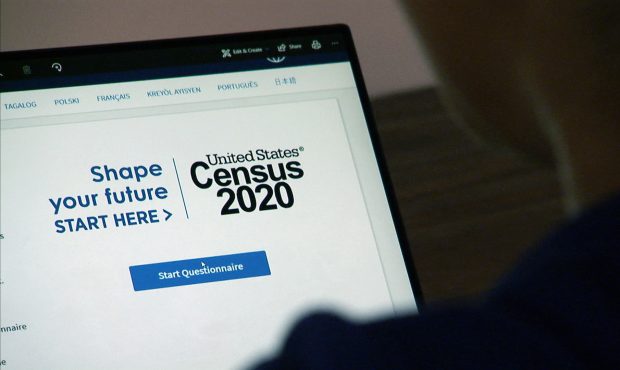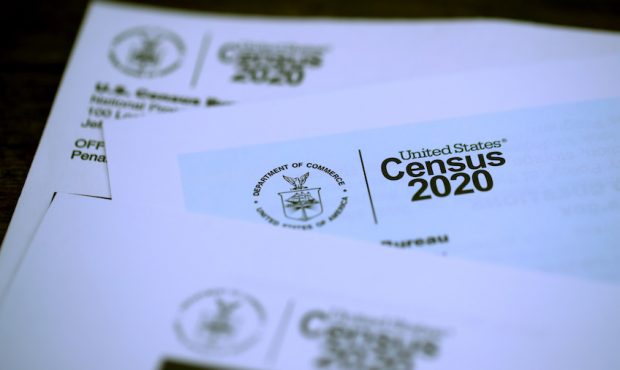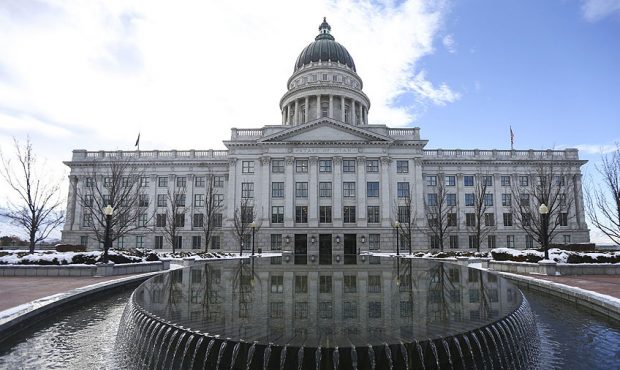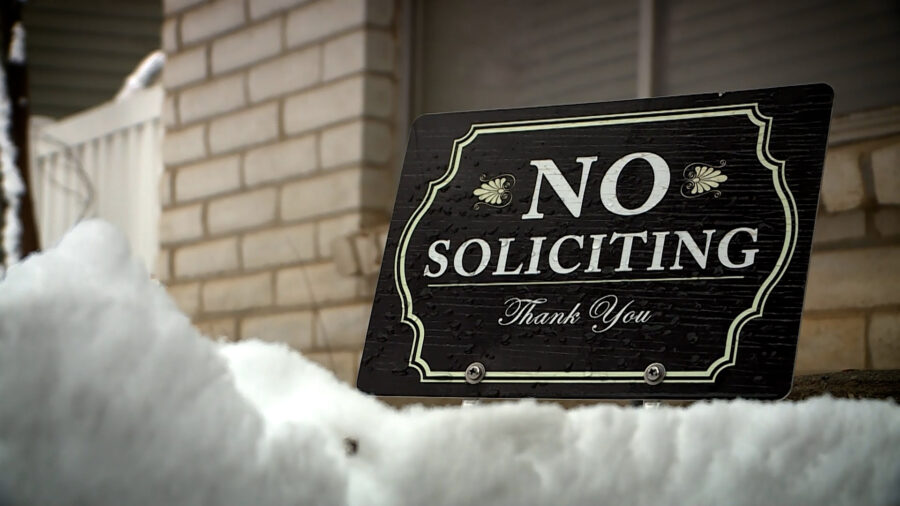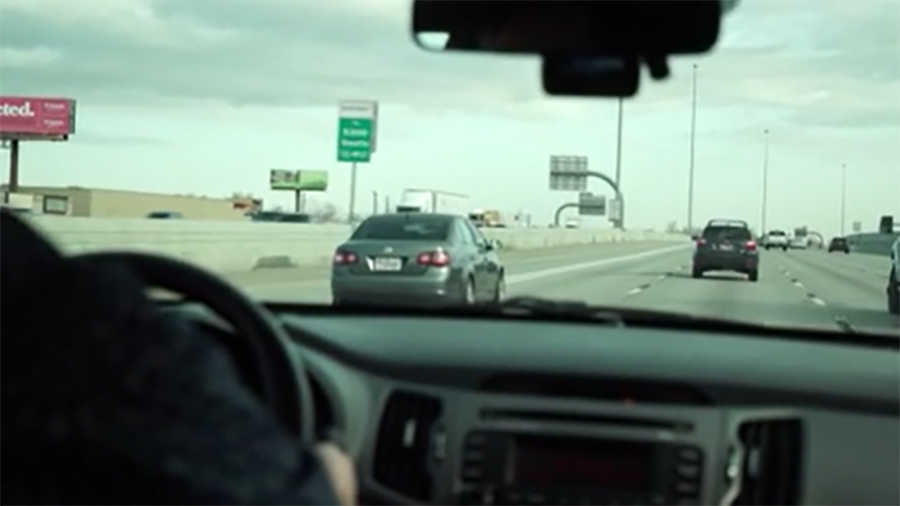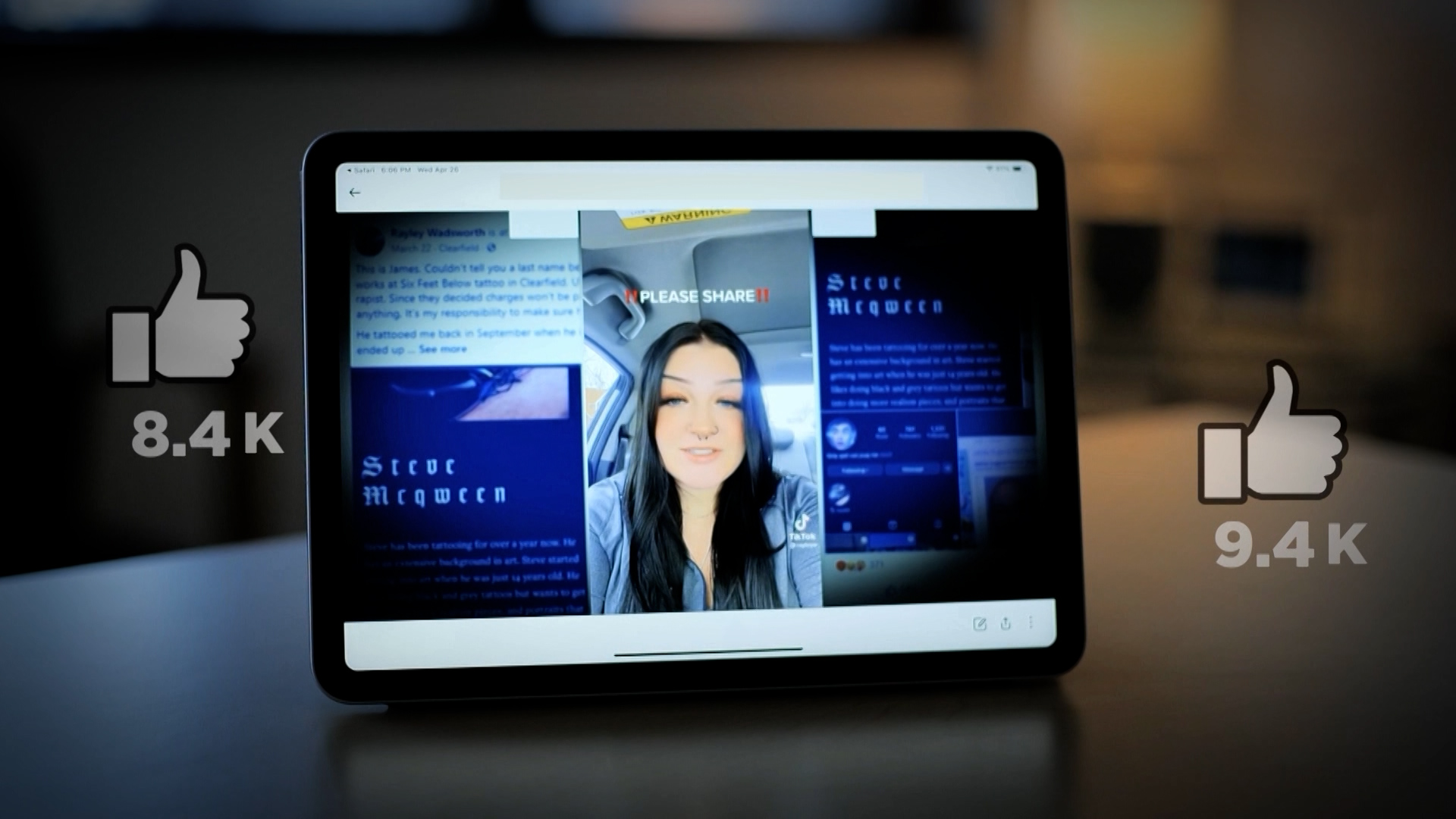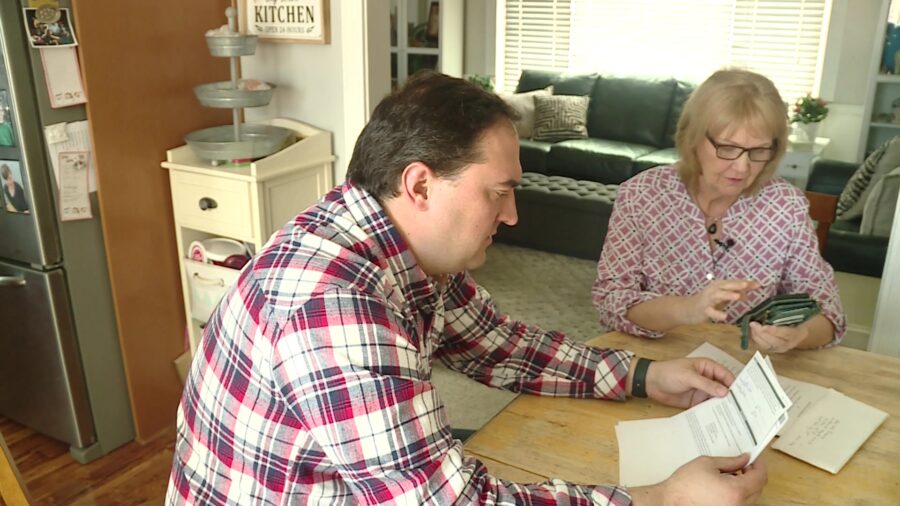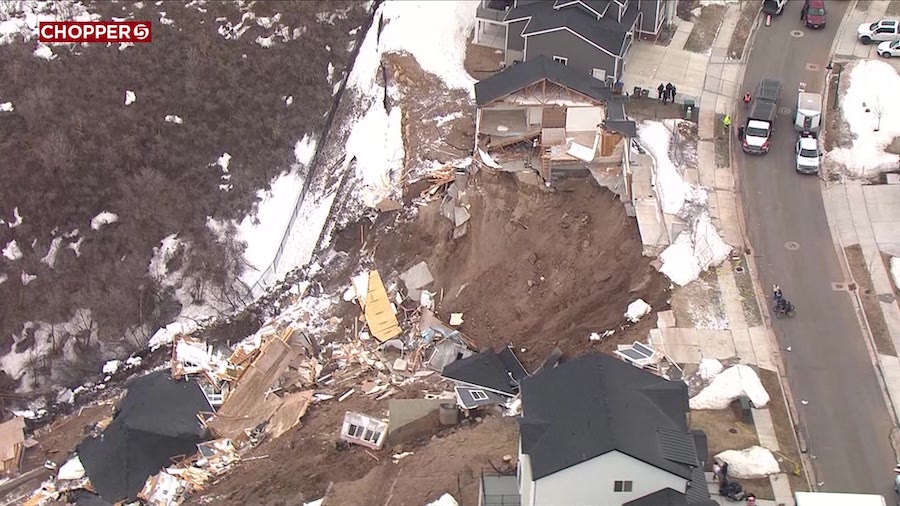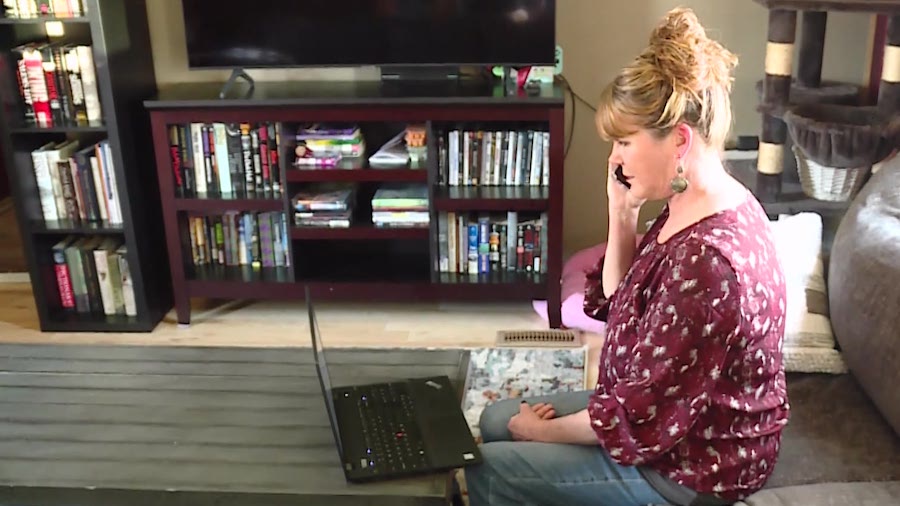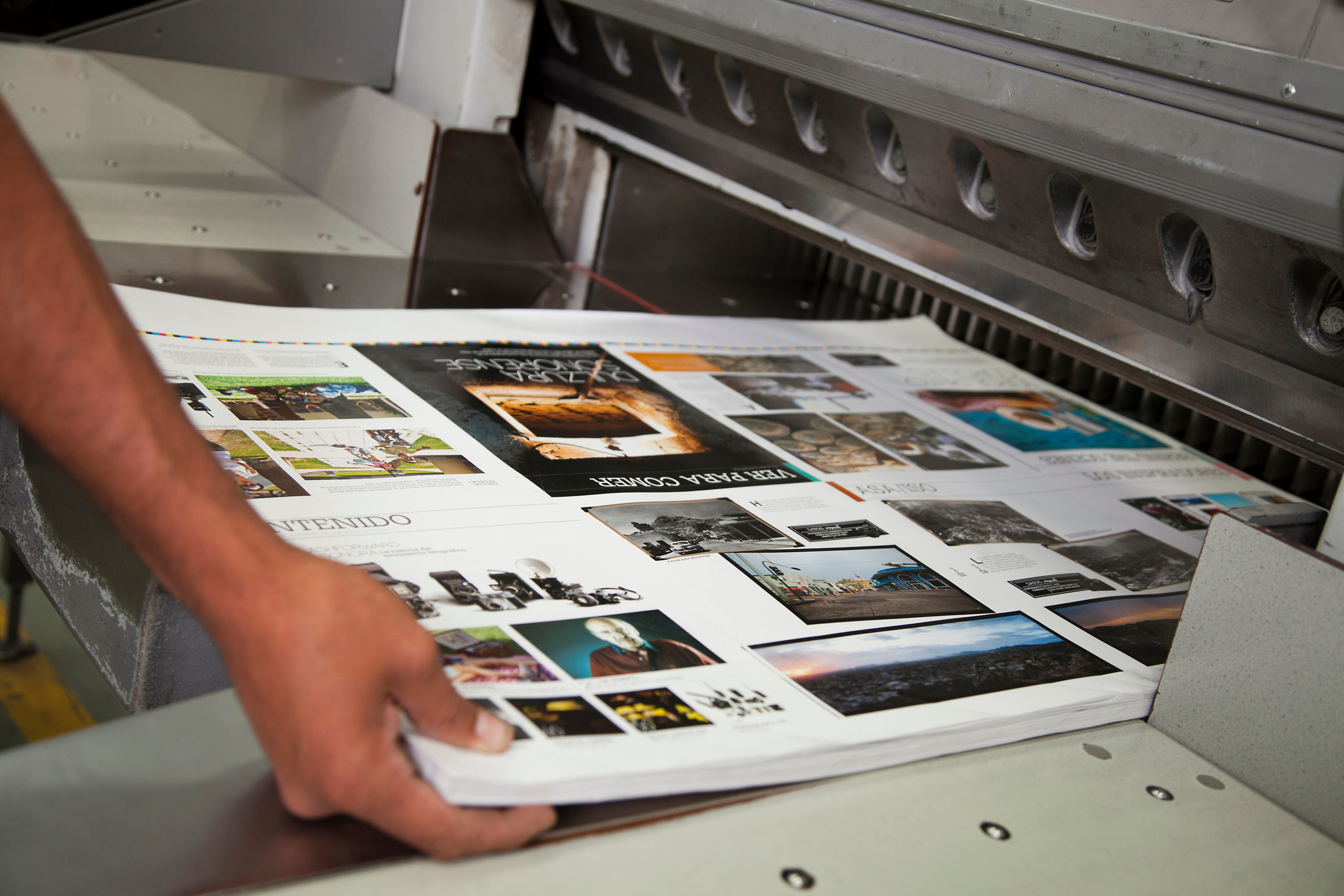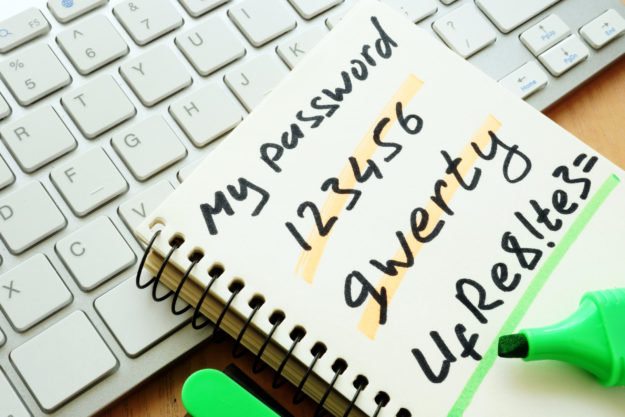KSL INVESTIGATES
Redistricting Data in Hand, Utah Has Short Timeline to Redraw Maps
Aug 13, 2021, 12:44 PM | Updated: Jun 19, 2022, 9:57 pm
SALT LAKE CITY —With Thursday’s release of population data from the U.S. Census, Utah has hard statistics with which to complete the redistricting process.
Redistricting is constitutionally mandated to occur every 10 years, with data on the population and its diversity contributing to how those lines are drawn. The maps separate Utahns into districts for congressional seats, Utah state legislators and school board members.
From Prop. 4 To The Utah Independent Redistricting Commission
2021’s process is unlike any Utah has previously experienced.
The last time redistricting was done, in 2011, it was completed by a legislative committee. It was a process SB200. Enter nonprofit group Better Boundaries, led by executive director Katie Wright. “We believe that voters should choose their politicians and politicians should not pick their voters,” she said.
In 2018, Better Boundaries got Proposition 4 on the ballot after more than 190,000 Utahns signed a petition. The goal of Prop. 4 was to take redistricting out of the hands of state lawmakers and into the hands of an independent redistricting commission. The goal: avoid gerrymandering.
“We would like an independent process, where people with conflict of interest aren’t involved in the decision making,” explained Wright. “Our elected officials work hard, but by the very nature of the job, they are conflicted and have a conflict of interest in that process.”
Prop. 4 passed with 51.6% of the vote. Two years later, SB200 was introduced in the Utah Legislature to modify definitions and processes of redistricting that were defined in the original proposition. It was a negotiation that some said weakened the transparency of the process.
Wright said she is optimistic that what was agreed upon will render the best outcomes for state representation.
“I think anyone who’s tried to tackle really big issues knows that to really achieve change, you need to make a compromise,” said Wright. “We’re just absolutely thrilled that the Utah state legislature looked at this and said, ‘Let’s figure out a way to have an independent commission in Utah.’”
Ultimately, Wright said the compromise means more transparency than years past. “(They) will do their entire process in the sunlight, meaning that it’s fully transparent with no decisions being made behind closed doors,” she said.
Shortened Timeline To Draw Maps
Members of the Independent Redistricting Commission were finalized in February. The seven-person committee is chaired by Rex Facer. Notable members include former U.S. Congressman Rob Bishop and former Utah Supreme Court Justice Christine Durham.
The Commission has been meeting since April, practicing drawing maps and talking with community stakeholders while they waited for the U.S. Census redistricting data. Normally, this information comes in March or April, leaving states with months to get the maps drawn just right.
That timeline has been significantly shortened. Though 2020 Census data was released today, its format is not user-friendly unless the user is well-versed in databases and mapping. More easy-to-use data will be sent to the Commission no later than Sept. 30.
Public input on the redistricting maps is gathered until Nov. 1. This includes at least seven public meetings across Utah. Two weeks later, the Commission must adopt their final maps, with a presentation to the Legislature by Nov. 30.
Once those maps are handed over to lawmakers, they have until December 31 to adopt the final redistricting maps.
However, the Legislature could completely ignore the commission’s suggestions and adopt a map of their own. That’s because Utah’s Constitution still gives the power of drawing political districts to the Legislature.
Public Input Vital For Redistricting
While the Commission has hard data to review for where to draw the lines, the best source of which communities should remain within the same boundaries.
“It’s very important for them to understand what ties this community together when they decide where to draw those lines, so they’re not slicing a community in half,” explained Wright.
What is a community? That’s largely for Utahns to decide. Wright said Better Boundaries has a tool for citizens to draw their own map based on what’s important in their community.
“It’s a pretty fun process,” said Wright. “We’ll talk you through some prompts on how to think about your community of interest. Is it a shared climate? A shared geographical area? A shared economy? A shared cultural interest that ties you to your neighbors? Then you can actually draw your community of interest and submit that to the Independent Commission.”
Have you experienced something you think just isn’t right? The KSL Investigators want to help. Submit your tip at investigates@ksl.com or 385-707-6153 so we can get working for you.

